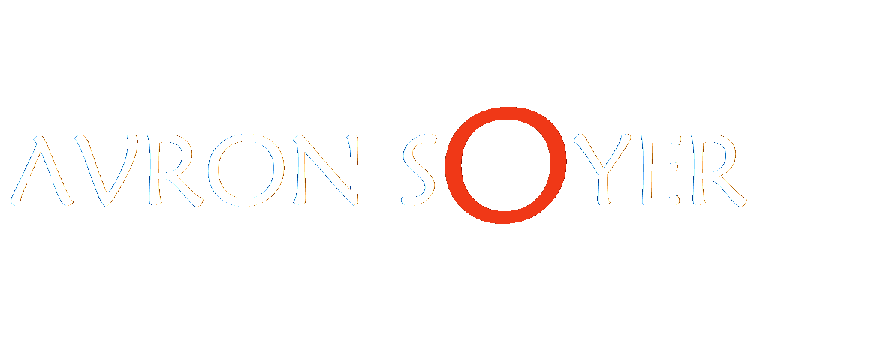Two Figurative Approaches
1.Opening
I am uneasy about sharing some highly specific and detailed techniques. They can be very helpful in seeing and sensitively articulating patterns. Yet unlike most suggestions in this essay (e.g., drawing the figure as a unity, sensitivity to warm and cool colors, openness to archetypical themes) they are not relevant to every painter…. Here are a few examples.
2.Building a Painting from a Light Sketch
Begin by making a light sketch of the whole in paint. Do it as well as you can: alert, open, “in the moment”. Then step back. Move your eyes and mind back and forth from picture to model to picture (again and again). Then correct your work while adding middle and dark tones to mold form and for emphasis.
The “logic” here is simple and, as far as it goes, correct. A light line is easier than a dark line to change.
Let us specify a twenty-minute pose. Almost every student who has passed the point of laboriously copying a figure piece by piece will, at least once, make a harsh black contour line in five minutes and spend fifteen minutes trying to escape. Working from a light sketch preserves sensitive response. It enables cumulative development through the entire pose.
This is not for everyone. As a teenager I required sharp dark/light contrasts. Beginning with a light sketch did not speak to my imagination. It would have hurt me.
Working with Local Color
3.1. Section Opening
In traditional “figuration” each area has a basic color, the conventional designation is “local color.” Yet local color is not impervious to influence. Light and shadow touch it. Each color is modified by those surrounding it (as though in an ecology).
3.2. Skin Color
“Skin color” is the most important instance of local color.
The basic formula for Caucasian skin tone is white, yellow ochre and a touch of red. (This is more accurate and more “alive” than the pinks or dead earth tones students often grab.)
Brown is the basic Afro- American skin tone. Brown is constructed from red and green. Brown is darkened almost to the point of black by blue. Brown is exceptional in that it mixes well with black.
Looking carefully, sensitively, at the model, mix a basic skin color. Divide it on your palate into three piles. – The unmodified color stands as middle tone. – Add more white and a touch of yellow to the second glob [The yellow is to avoid chalkiness and enhance liveliness (i.e., brilliance)]. If skin is brown then yellow ochre can add light. – To the third pile add the shadow color (usually blue, green or brown). That will be your dark…In very dark shadow a touch of pure color may increase vitality and beauty.
3.3. The General Case
As with skin, so with all “representational areas” (shirt, pants – tree, sky, grass). There is a basic local color and its value (i.e., light and shadow) variations.
Each color is modified by its color field ecology.
I suggest that you put each value (i.e., dark, middle and light) through all relevant points at once to develop patterns that move through all local colors.
3.4. Section Conclusion
Here again “the logic” is simple, and as far as it goes correct. These techniques respect both the autonomy and the ecological relationships of local color. Clear accurate flesh tones increase vitality and precision. Applying each value at once contributes to the integration of the whole.
Here, again, there are limitations. – Impressionism, with its movement towards a pure visual phenomenology free of all presuppositions, breaks traditional boundaries between local color and the total perceptual field: patterns of relatively pure color flow between areas. – Van Gogh, Gauguin, Soutine, fauvism and expressionism (e.g., Ludwig Kirchner) divorced color from area-by-area conformity of painted to perceived object.
*
The above is an Excerpt from Living Art by Avron Soyer, Click here to continue to section III. Art Words
